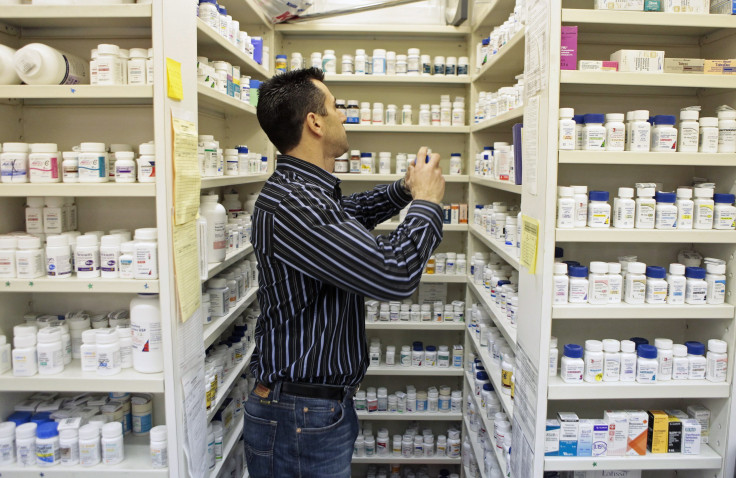Your Dermatologist May Be Prescribing Antibiotics For Cystic Acne When You Need Another Prescription Medication

Antibiotic resistance is a serious concern for doctors, especially dermatologists who make up just one percent of all physicians yet account for nearly 5 percent of yearly antibiotic prescriptions. In the case of severe acne, dermatologists leave their patients on ineffective antibiotics for far too long before prescribing a more potent medicine, a new analysis conducted by researchers at NYU Langone Medical Center reveals. By cutting to the chase — in this case, to a potent drug known as isotretinoin — a patient will end up using less antibiotics.
“Early recognition of antibiotic failure and the need for isotretinoin can curtail antibiotic use,” conclude the researchers.
Side Effects
Acne affects about 85 percent of teens and often becomes a problem for adults as well, the researchers report. Dermatologists treat acne based on severity. To help patients with inflammatory and nodulocystic acne, the most severe forms, physicians commonly prescribe antibiotics. First-line drugs typically include the “cyclines” (doxycycline, minocycline, and tetracycline) while sulfamethoxazole/trimethoprim is often used as well.
Professional recommendations suggest antibiotics be limited to just three months if a patient demonstrates little improvement, the researchers say. At that point, many doctors will then prescribe isotretinoin, more commonly referred to by its former brand name "Accutane." (This branded drug is no longer manufactured and dermatologists prescribe generics... still, the name lingers.) However, the Food and Drug Adminstration warns of a risk of birth defects when women take isotretinoin during pregnancy and suggests a possible link between the drug and depression/suicidal thoughts. Clearly, isotretinoin should not be taken lightly.
For the current study, Dr. Seth Orlow, chairman of the department of dermatology at NYU Langone, and his colleagues investigated how dermatologists prescribe medications for severe acne. To study this, Orlow and his team obtained the medical records of more than 5,000 patients who sought treatment for severe acne at NYU Langone between 2005 and 2014. Their analysis included a detailed review of the medical histories of 137 patients. Of these severe cases, 73 percent of the patients showed scarring. And, while a quarter of these cases were classified as inflammatory acne, the remainder were categorized as nodulocystic acne, which affects the face, chest, and back and is more common in men.
On average, these patients continued to take antibiotics for 11 months before their doctors recognized the drugs were ineffective and prescribed isotretinoin, the researchers discovered. In precise numbers, 21 patients (15.3 percent) took antibiotics for three months or less, 88 patients (64.2 percent) for six months or more, and 46 patients (33.6 percent) for one year or longer. Minocycline was the most commonly prescribed antibiotic, with nearly three quarters of patients receiving a script for it. Importantly, patients treated only at NYU were on antibiotics for a shorter time than patients who switched doctors after starting treatment.
“Because all of the patients included in this study eventually received isotretinoin, the longer durations of systemic antibiotics could reflect the challenges associated with prescribing isotretinoin,” wrote the researchers. They said a common reason why dermatologists delay prescribing this strong drug is a concern about suicide.
Source: Nagler AR, Milam EC, Orlow SJ. The use of oral antibiotics before isotretinoin therapy in patients with acne. Journal of the American Academy of Dermatology. 2015.
Published by Medicaldaily.com



























